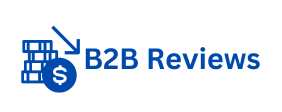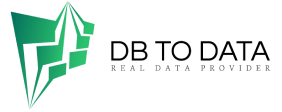Customer relationship management (CRM) is one of those things that can feel like either the best decision you’ve ever made or the worst waste of time, depending on whether you’ve chosen the right CRM for your business.
I’ve been helping thousands of businesses cut through the noise to set up CRM software that truly improves their sales process for over a decade. If you’re exploring CRM features, you’ve come to the right place.
This guide is for those of you who lead or build Main CRM functions sales teams and are exploring how you can use CRM to better track leads, collaborate better as a team, or just get more organized.
I’ll walk you through the basic and advanced features of CRM systems, breaking down what’s essential, what’s optional, and how the right functionality can make a huge difference in your ability to organize, grow, and scale.
Overview of CRM Key Features
When I talk to companies about CRM systems, they often have the general idea that they want to “keep track of customers better.” That’s a good start, but CRM is much more than just storing customer contact data.
At a fundamental level, a CRM helps you Main CRM functions manage relationships systematically, ensuring no customer slips through the cracks, keeping your team aligned, and ultimately allowing you to sell more effectively.
Below I will break down what I consider to be the basic and essential functions of a CRM system.
1. Contact management
Customer information management is at the heart of customer relationship management (CRM). In practice, this means having a centralized gambling data malaysia database where you can access and update customer profiles, record interactions, and view a complete Main CRM functions history of each customer’s relationship.
The best CRMs go a step further and enrich contact information automatically.
This is one of the areas where our Salesflare software excels . With Salesflare, you don’t have to spend hours manually entering data – it pulls information from your emails, email signatures, calendar, and even publicly available information on social Main CRM functions media profiles.
Imagine how much more your team could accomplish if they weren’t bogged down by manual data entry.
2. Lead and deal management
It’s one thing to have customer data in a database, Main CRM functions . But what you really need is the ability to manage opportunities, cnb directory to visualize who is in the pipeline . What stage they are at, and where you need to focus to move forward.
A visual channel makes it possible.
Keep the overview with a drag-and-drop visual sales pipeline.
Drag-and-drop pipelines are a simple yet powerful feature of most CRMs today. They make the sales process easier to understand at a glance and editorial tone finding your voice allow you to see exactly where each deal is, which deals are moving, and which ones are stuck.
It’s not just about visualizing, it’s about taking action: your CRM should help you see where you need to intervene.
3. Email integration and automation
I’ve learned that email integration can make or break a CRM experience. If you’re switching back and forth between your CRM and your email inbox, you’re wasting time and, more importantly, opportunities.







